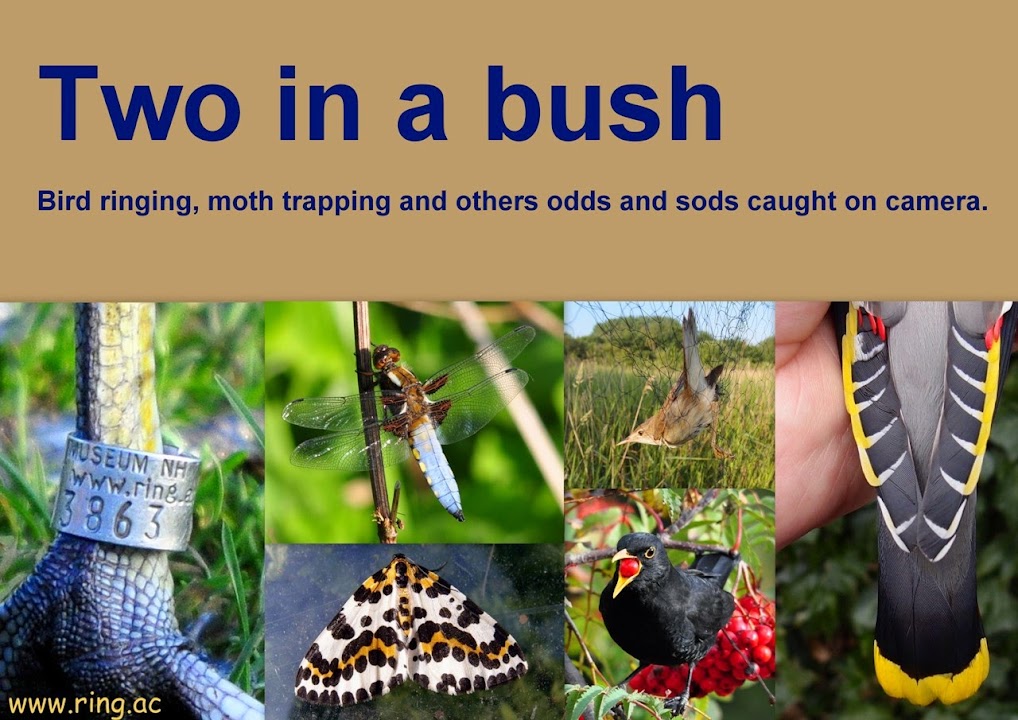I had high high hopes for this session in the top willows by my optimism and early start wasn't rewarded. Equivalent sessions in previous years have produced good numbers of phylloscs and out of habitat migrants such as Sedge and Reed Warblers but that wasn't repeated today. The weather probably played a part as overnight rain probably put the dampers on any migration and the site was still shrouded in hill fog/low cloud when I arrived, although it soon lifted.
It turned out to be one of those days that was noteworthy for the birds that were absent or only present in low numbers and chief amongst those was Chiffchaff with only 1 recorded all morning, and that one only turned shortly before I packed up. There were fewer Blackcaps around than usual and although Willow Warblers crept into double figures a total in the high teens would have been nearer the norm. Once again, tits were few and far between and there was certainly no sign of any mixed tit/warbler flock formation. I didn't even hear any Long-tailed Tits nearby or in the distance. The only species that seemed to be present in higher numbers than usual was Wren with 5 ringed. I think Wrens should be renamed fidget spinners as this aptly describes their behaviour in a mist-net.
The final total of 32 new birds and 4 retraps wasn't bad but was lower than expected for late July. Totals for 22/07/17 (retraps in brackets) were: Great Tit 2; Willow Tit (1); Blue Tit 2; Chiffchaff 1; Willow Warbler 11 (1); Blackcap 3 (1); Treecreeper 1; Wren 5; Robin 1; Bullfinch 3 (1); Goldfinch 2; Reed Bunting 1.
 |
| Adult Willow Warbler (all the photos below are of the same bird). Three of the Willow Warblers were adults and two of them had almost completed their full moult. |
 |
| Once the moult is completed Willow Warblers can only be aged by the colour of the underparts and shape and wear of the tail feathers. Adults have a white belly whereas juveniles are usually completely yellow or yellowish underneath. |



No comments:
Post a Comment